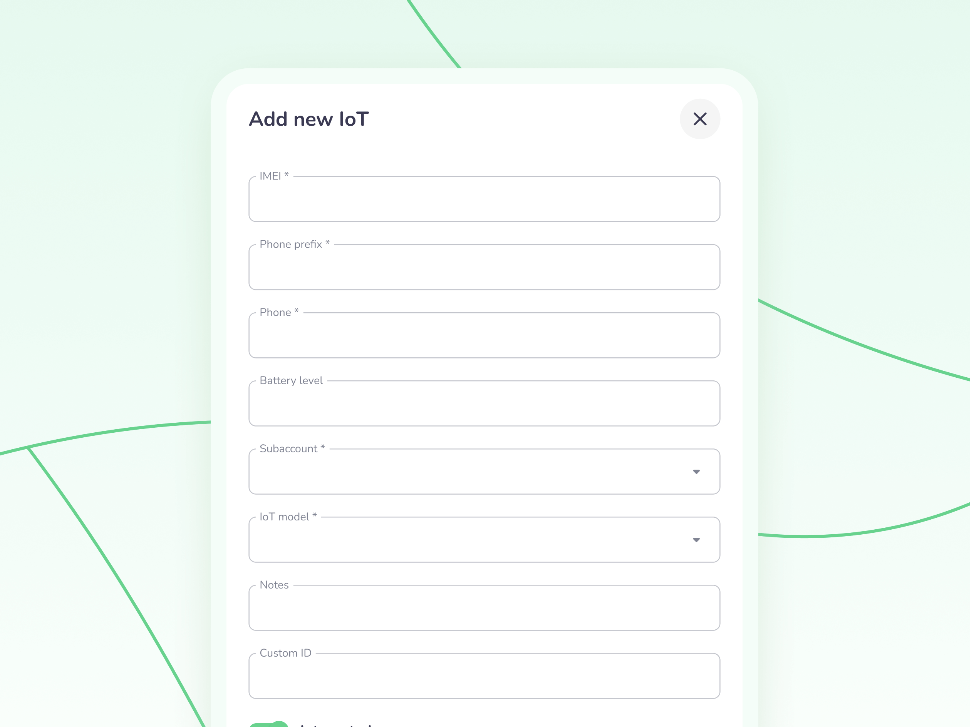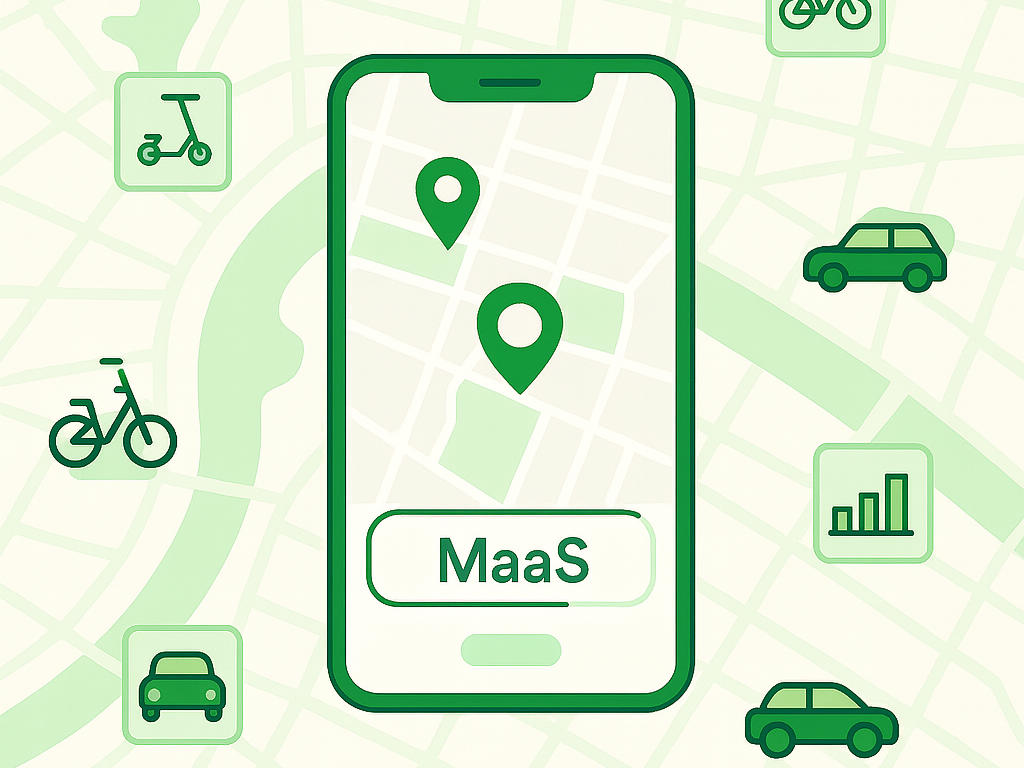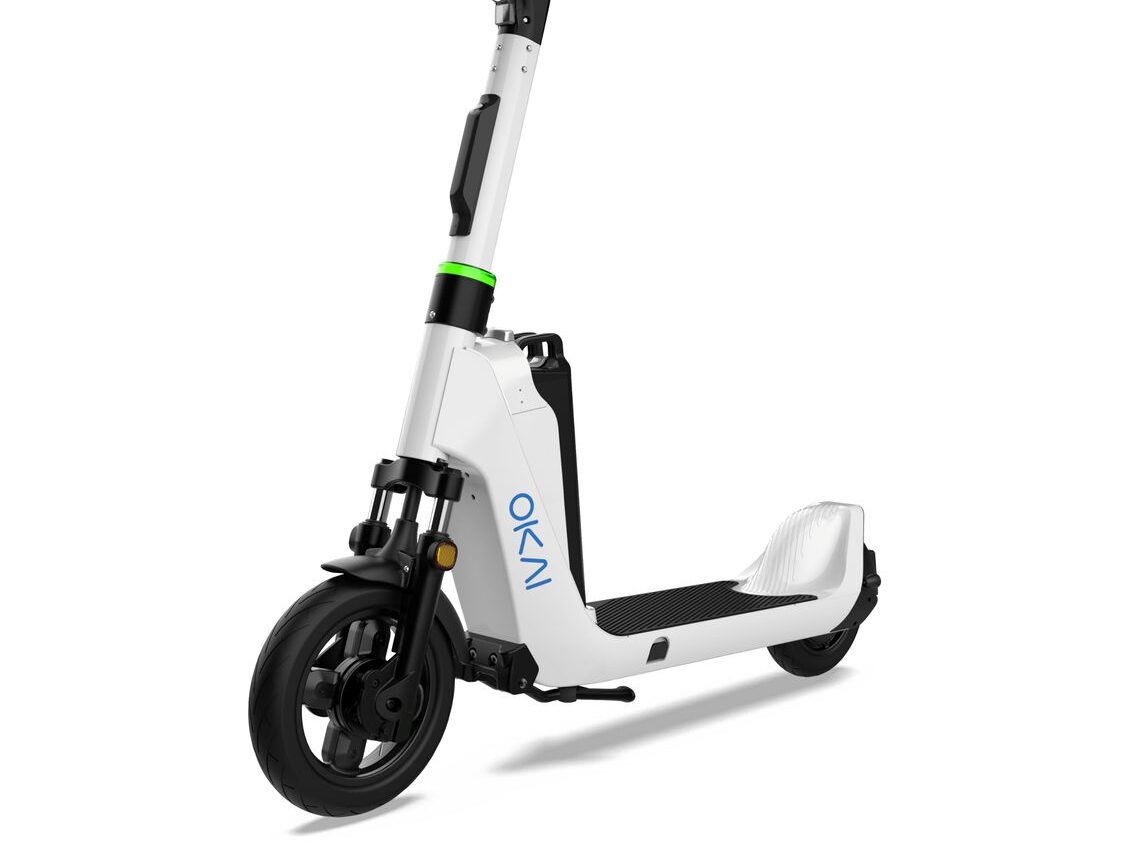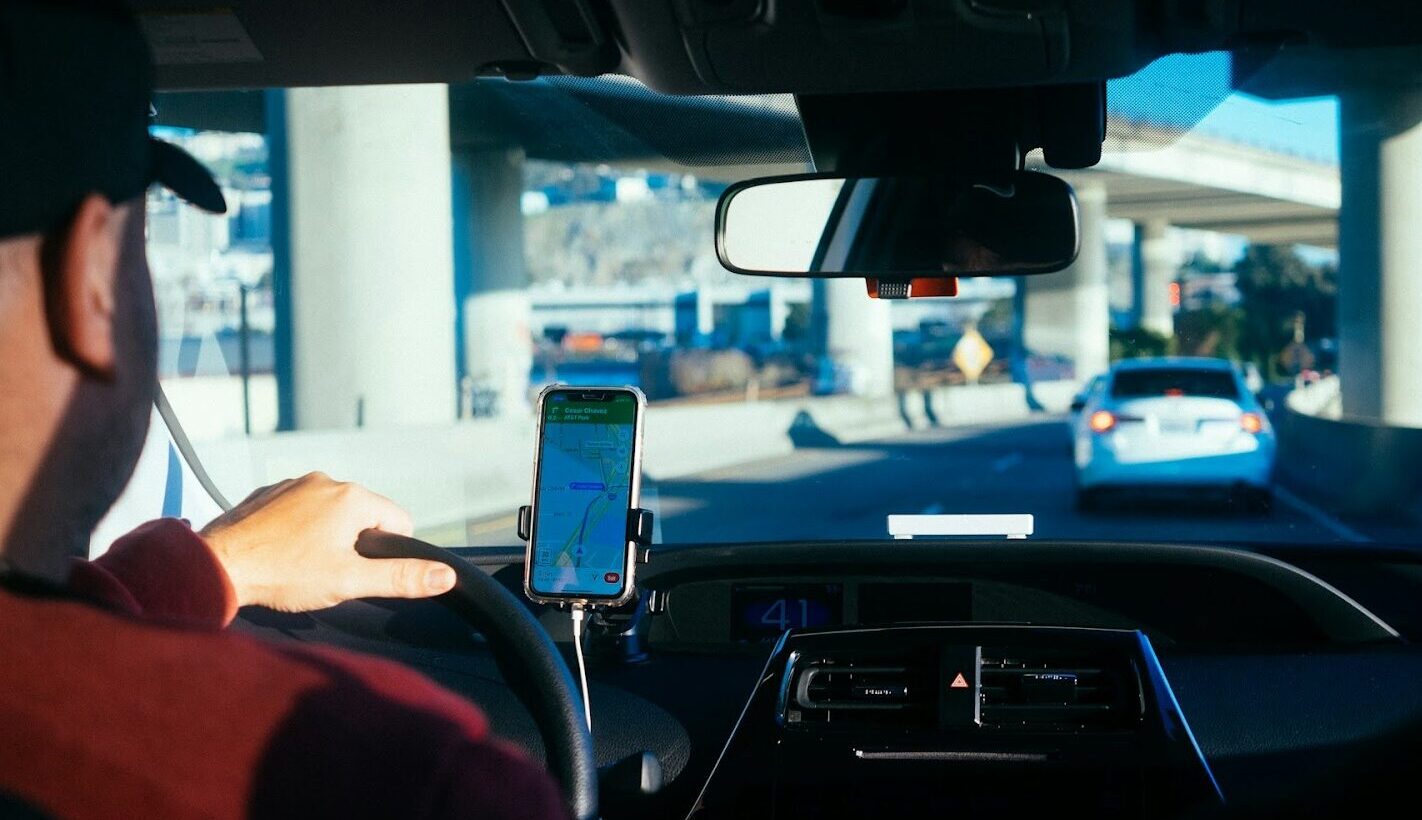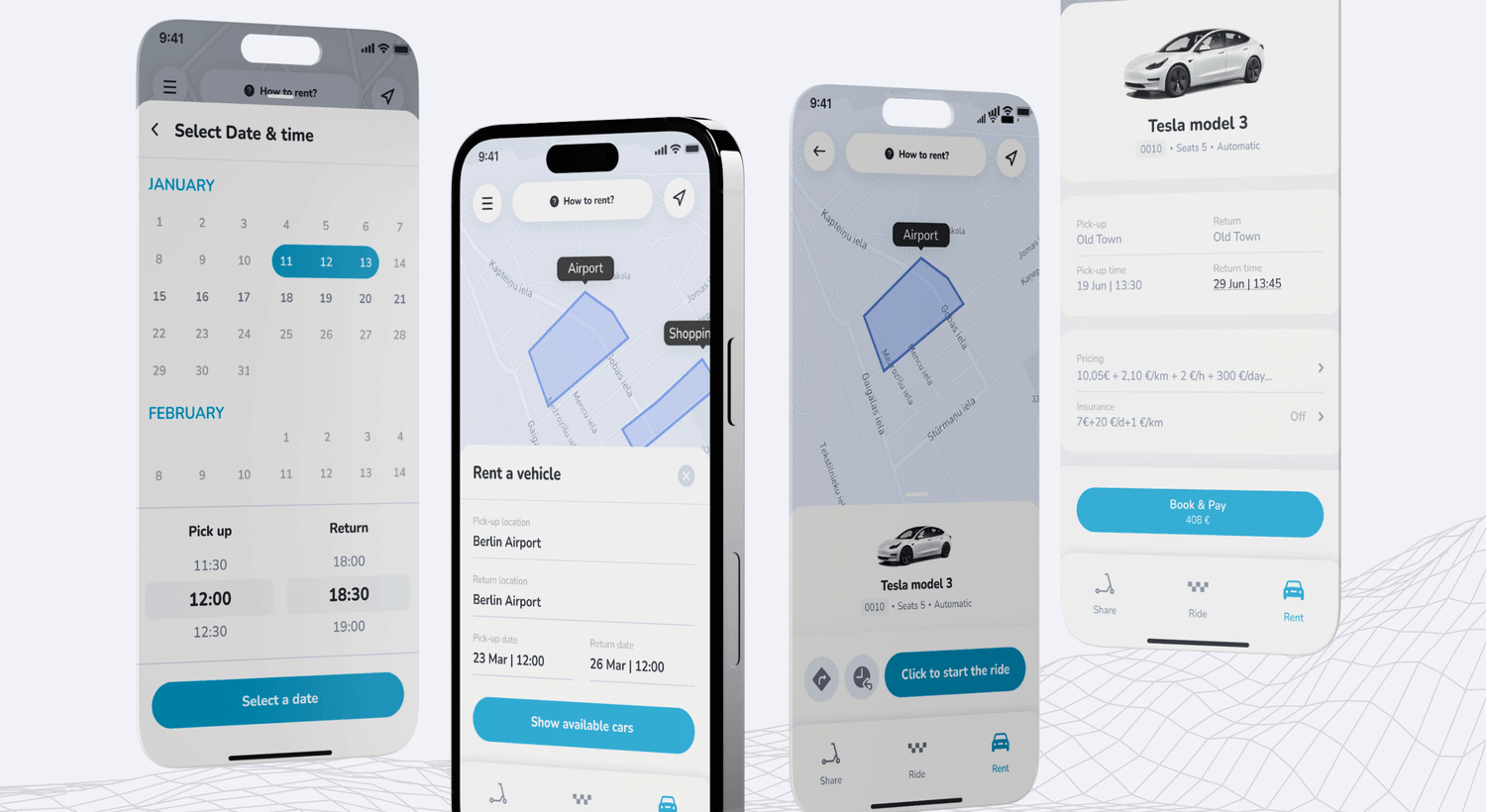What is Mobility-as-a-Service and why MaaS matters for your mobility business?
MaaS is short for Mobility-as-a-Service, and simply put, it combines various mobility options into a single unified mobility app for a city or region.

Today, we have more options for getting from point A to point B than ever before. Vehicle-sharing, ride-hailing, and all sorts of rental services for all types of transports have grown deeply ingrained in our day-to-day lives, fundamentally changing how we choose to move and commute through cities.
But, as we all know, quantity doesn’t necessarily equal quality. Just because there are many more options for transportation, doesn’t mean that they’re the most effective for getting where you want to go:
- Crossing an entire city on a scooter will quickly become costly and exhausting.
- Renting a car may still have you stuck in traffic.
- Commuting with a rental moped may be less environmentally friendly than potential alternatives, e.g. public transportation.
- Managing half-a-dozen applications to find the best deals also gets tiresome.
That’s where MaaS comes in.
In what follows, we’ll take a closer look at what is Mobility-as-a-Service, explore some examples of MaaS implementations, and how MaaS may impact your own mobility business.
Mobility-as-a-Service Definition
MaaS solutions integrate various forms of transport services into a single multimodal mobility service accessible on demand. These different transport forms include public transport, as well as ride, car-sharing, and bike-sharing, and others.
Multimodal simply means that users can combine various types of mobility when planning their journeys, e.g. taking a bus for the first leg of the trip and then hopping on a scooter for the last mile.
MaaS has been the talk of the mobility industry for years now and the Mobility-as-a-Service market size is projected to grow explosively over the coming years, especially in the Asia Pacific region.
What Are the Benefits of Mobility-as-a-Service?
Multimodality is one of the main ones for end-users. Others include a single payment system and general ease-of-use made possible by having multiple mobility services under one roof.
Typically, there are different payment plans available – a monthly subscription model with a fixed monthly fee or “pay-as-you-go” model, where each booked trip is priced separately.
But MaaS is not JUST a mobility service aggregator for city dwellers.
The primary client of a MaaS solution is the municipality. A MaaS solution is first and foremost intended as a way for a city to modernize and gain control over its mobility networks and data.
MaaS lets the local government offer a convenient mobility solution, while equipping the city with insight on transit data, movement flows, and mobility preferences. It also empowers the city to nudge desirable traveler behavior, i.e. promote certain modes of mobility.
For example, the city might subsidize discounts for an integrated bike rental solution during the summer to encourage people to choose cycling over other types of transportation.
MaaS brings together both public and private players – MaaS platform developers, mobility service providers, public transport authorities, and others – and project ownership typically lies with a public institution, hence it may be inaccurate to speak of a general Mobility-as-a-Service business model.
While individual mobility providers may profit from integration as it allows them to reach a broader audience, the MaaS project as a whole will usually operate at a loss. After all, at its core lies public transportation and its core purpose is to improve quality of urban life, not make profit.
Still, MaaS comes in all shapes and sizes, so what are the models of Mobility-as-a-Service? Let’s explore this through some examples.
Mobility-as-a-Service Examples
One textbook example of a MaaS solution is Berlin’s Jelbi. Created by Trafi and Berlin’s public transport authority BVG, it brings together every kind of public and shared mobility – ready to be booked in a moment’s notice right from the app.
With Jelbi, Berliners can easily plan multimodal journeys, buy public transport tickets, and pay for services with all the most popular payment methods. With public transport as the backbone, Berlin has built mobility hubs – physical stations across the city, where people can switch from public transport to shared mobility – to facilitate convenient multimodal transport and encourage people to leave their cars at home.
Trafi was also behind yumuv in Switzerland, which was one of the first that trialed a regional MaaS solution with subscriptions connecting the three cities of Zurich, Bern, and Basel. Though it was only a research project, its ambitious scope spells the potential future of MaaS – a country-wide mobility solution accessible from a single app.
In fact, such a solution has already seen the light of day – glimble. Created by another major player in the MaaS development scene, Moovit, glimble enables easy travel within the Netherlands, offering most of the same benefits as Jelbi, but on a national scale.
A MaaS solution done differently
Technically, if we look at MaaS as a unified multimodal mobility app, then Google Maps also qualifies as a MaaS solution, though it stands out for its global scope and not being tied to any particular city.
Google has proactively partnered with micro mobility partners in various regions, has integrated public transport timetables, and done more to offer a convenient route planning solution. However, the lack of payment integrations and minimal adaptation to local markets makes Google Maps more of a map application with some MaaS capabilities, rather than a full fledged MaaS solution. By the way, are you aware that ATOM Mobility customers can easily showcase their vehicles on Google Maps for free?
Why Does MaaS Matter to Your Shared Mobility Business?
If you’re a micro mobility service provider and your city is mulling over launching a MaaS solution, it may be wise to get your foot in the door. Having your service integrated within the city mobility app confers various benefits.
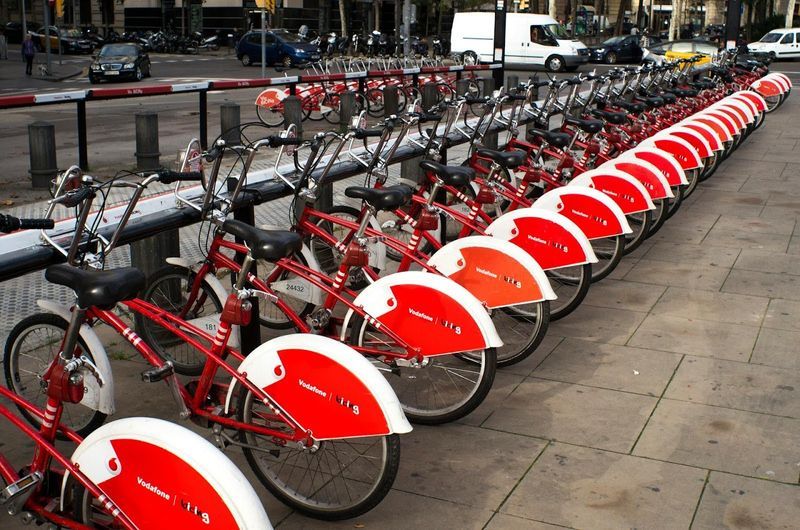
For one, it enables you to reach more people. Being on the city’s MaaS app will expose your service to commuters that might otherwise elect to choose other modes of transportation. It also helps overcome a critical adoption barrier – people will be able to conveniently use and pay for your solution, without having to download and sign-up on your individual app.
Secondly and continuing the previous point, it’s potentially free advertising. Cities are invested in maximizing their MaaS solution’s adoption and spend significant resources in popularizing it. As a result, partnering service providers can piggyback on the marketing efforts of the public transport authority.
Thirdly, it embeds your business with an additional layer of legitimacy. Namely, your solution being chosen by the city gives it an air of “official”ness, especially if your competitors aren’t on it. Once again, this may help attract more users.
MaaS – an Evolution in Urban Mobility
MaaS lets cities and their citizens take control over a rapidly evolving mobility landscape. With so many different types of transportation and dozens of companies competing over customers, it can all get a bit hectic.
At the end of the day, finding the best way – be it quickest, cheapest, or environmentally friendliest – is in the interests of both cities and travelers and that’s exactly what MaaS tries to offer.
Whether MaaS will become a standard across cities is yet to be seen, as MaaS companies, much like other large-scale mobility businesses, continue to struggle to reach profitability with Finnish startup MaaS Global recently filing for bankruptcy. Still, the technology behind it was snatched up soonafter by Dutch MaaS company umob, signalling faith in the MaaS project at large.
So, if you’re a mobility service provider, MaaS is something that you shouldn’t ignore.
This article was originally published by ATOM Mobility.





